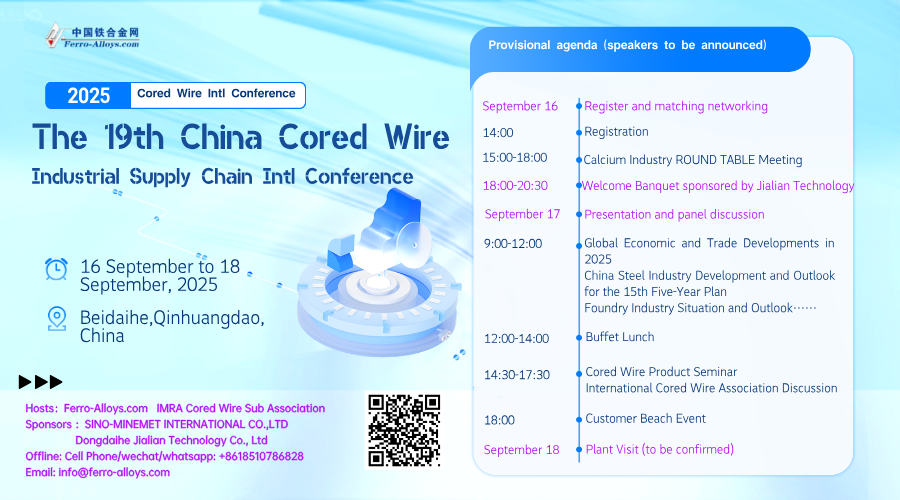【Ferro-alloys.com】Ukraine-headquartered Metinvest, looking to improve the efficiency of its blast furnaces by reducing fuel consumption by controlling the silicon content in its iron, has started a pilot project with Azure Data Factory and Azure Machine Learning and having seen its efficiency improve against benchmarks set by industry leaders, the company is now looking to roll out the solution across all its furnaces. Indeed, the fuel consumption in a blast furnace varies depending on several factors, one of which is the silicon content in the cast iron with an indirect indicator of heating. The higher the silicon content in the cast iron, the higher the heating and fuel consumption. However, lowering the silicon content requires fine balance, since with a low silicon content, there is a risk of cold snap and disruption of the blast furnace. The accuracy of the assessment of the future thermal state of the blast furnace and the corresponding control actions are the key to stability. Reducing the silicon content by 0.1 percent can allow savings of up to ten kilograms of coke.
In late 2018, Metinvest launched a large-scale program aimed at improving the efficiency of its assets. One major aspect was to improve the fuel consumption of the blast furnaces with expected added value of over USD 100 million. To achieve this goal, Metinvest began an artificial intelligence pilot program in one of its blast furnaces using machine learning to predict the silicon content in the iron over a time horizon of up to nine hours. Azure Data Factory as the main orchestration tool in data integration process. Data is being uploaded on a regular basis, and the model developed in Azure Machine Learning predicts the amount of silicon in cast iron. After that, the Azure Machine Learning pipelines kick in. These pipelines help to retrieve data and launch the actual Python scripts including those responsible for data preparation. The machine learning models use this data to predict silicon content. The results of prediction are uploaded to the Azure SQL database
The implementation was accompanied by complex measures: starting from the adaptation of the algorithms for controlling the thermal conditions of the blast furnace, training the operators of the blast furnace, and revising the goals and motivational component of the shop employees. It took three months to stabilize the thermal conditions and to reduce the silicon in the cast iron. As a result, by the end of the year, the silicon variability had decreased from the historical 0.16 to 0.1, which made it possible to reduce the silicon content in cast iron and obtain targeted coke savings. Metinvest now set its sights to roll out the fully developed solution across all its furnaces as soon as possible.
- [Editor:zhaozihao]



 Save
Save Print
Print Daily News
Daily News Research
Research Magazine
Magazine Company Database
Company Database Customized Database
Customized Database Conferences
Conferences Advertisement
Advertisement Trade
Trade









 Online inquiry
Online inquiry Contact
Contact

Tell Us What You Think